The easiest way to press flowers is to use a flower press. Flower presses are available in different sizes and shapes. They are made up of two parts; one is the base, and another is the cover. The base part has a top used to place the cover on it. The cover has a space in between where you can place your flowers in it. Once done, you can close the cover and put it inside the base part. You can then press down on the top of the base part using a heavy object like books or even bricks for better results. This will ensure that all your flowers are pressed well without damaging them.
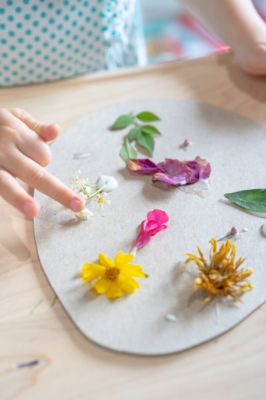
If you do not have a flower press, try using iron instead! You can use an iron to heat a piece of paper, so it becomes rigid enough to hold your flower petals together.
There are many ways to press flowers. The first thing you need to do is pick the right flowers. You can use any flower but ensure it is fresh and has no bugs or dirt. You can also use dried flowers, but fresh ones might be better.

The easiest way to press flowers is with an ironing board, some wax or parchment paper, and an iron/ironing board cover (if you’re using one).
How To Press Flowers?
Pressing dry flowers is a great way to preserve them and give them a more permanent home. The process is simple and inexpensive, and the end product is beautiful, colorful art you can display in your home.
Best of all, they can be made with any dried flower — just pick a pretty one and start!
You will need the following:
- Dried flowers (any type)
- Book, Parchment Paper, Cardboard or thick paper
- Masking tape
- Rubber bands
Step 1: Gather Your Materials
You’ll need an old book, paper towels, scissors, tweezers or other tools for handling small items, and dried flowers. If you’re using fresh flowers, press them immediately after drying them out (see Step 2).
Step 2: Prep Your Flowers
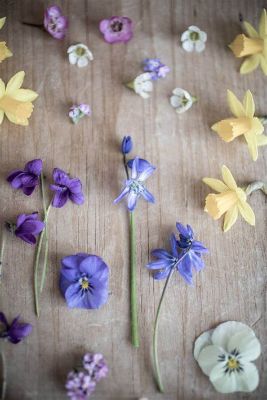
Wash the stems of your flowers in cool water to remove any dirt or bugs. Use tweezers or another tool to gently remove any leaves from their stems that aren’t required for pressing. You can also cut off any unnecessary foliage at this time if desired.
Step 3: Press Your Flowers
Open up the book and place it on a flat surface with a towel underneath it so that when you press down on the book, it won’t slide around while still being able to get enough weight on top of it to flatten out your flowers with minimal effort. Put one layer of paper towels over the pages in the front half of the book (or however many pages are available) and place your flowers face down on top of them.
Place another layer of paper towels over the first one, then put another layer of flowers face down onto those. Continue until your flowers are pressed between paper towels and book layers! |
Possible Ways To Press Flowers
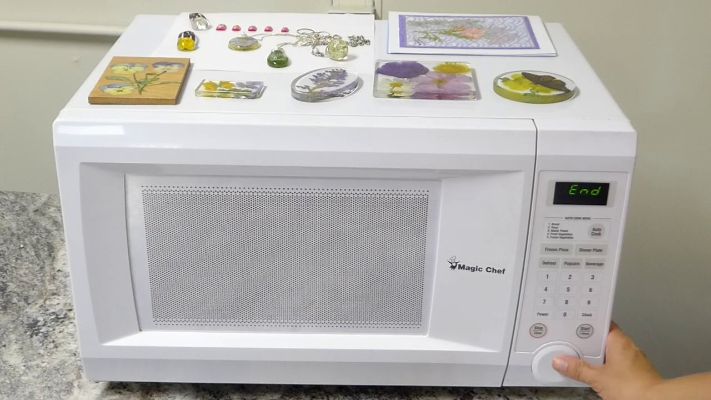
In Microwave
A microwave is an excellent tool for pressing flowers. It’s fast, easy, and can be done in any kitchen.
What You Need:
The only thing you’ll need is a microwave-safe glass bowl or container. You can also use a mug if it’s sturdy enough to withstand the high heat of a microwave oven.
- Place your flowers in the bowl and cover them with water. If you’re using dried flowers, you’ll need more water than fresh ones, but only fill the bowl some ways to the top. Make sure it’s at least half full, so there’s room for steam to build up inside.
- Place your flower press over the top of your flowers and cover with plastic wrap or waxed paper (to keep it from sticking) and secure with tape (or by setting another ceramic plate on top).
- Place your flower press inside your microwave and cook for about 10 seconds for dried flowers and 20 seconds for fresh ones (or until they’re as dry as possible). Flowers get ready within 2 or 3 minutes.
- Carefully remove the top plate and check on the flowers. If they are not dry, microwave them for another 30 seconds, checking after each interval.
- Once dry, carefully remove them from the paper and flatten them between two heavy books or in a flower press. Leave them to cool and flatten for a few days.
- Take out the bowl and remove any leaves or petals that have fallen off during cooking. The remaining petals should still be attached to their stems — simply separate them from their stalks by rubbing them between two fingers until they come apart quickly.
With An Iron
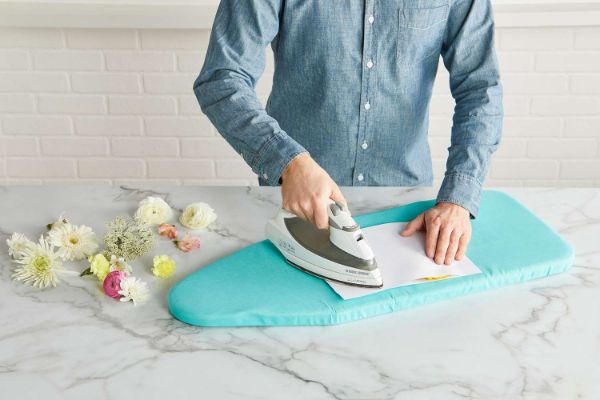
- Remove the petals from the flower and lay them on a piece of parchment or wax paper.
- Place another piece of parchment or wax paper over the petals.
- Press down firmly with your iron for about 30 seconds. You will see steam coming off the flower as it heats up and begins to press out moisture from within the flower’s cells (this is what causes the petal to curl).
- Lift your iron and check how well it has pressed by gently tugging on the edges of the paper — if they come up quickly, you know they’re done! If they don’t come up quickly, put your iron back down for another 15-20 seconds until they do come up quickly, then recheck them after another 15-20 seconds or so just to be sure.
On Wax Paper
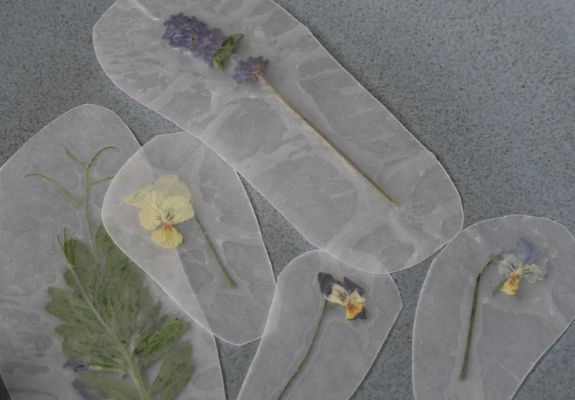
Wax paper is the most common material used for pressing flowers and plants. It’s inexpensive, easy to find, and works well. Many people press flowers at home using wax paper as their only tool.
To begin, you will need the following:
- A piece of wax paper
- Flowers or other plant material
- Tape (optional)
- A heavy object to place on top of flowers
A cookie sheet or tray for the wax paper to lay flat on. You can also use an ironing board and cover it with plastic or newspaper if you need a cookie sheet.
How To Press Flowers On Wax Paper:
- First, lay your wax paper down on the cookie sheet. It should be a more significant piece than you need so that when you’re done pressing your flower, you can fold it over and have some extra space.
- Tape a few of the corners down to make sure it stays flat while you’re pressing.
- Next, place your flowers on the wax paper, ensuring they aren’t too close together. This will cause them to bruise each other if touched or pressed too closely together. Place something heavy such as books or bricks, on top of your flowers until they are completely flattened out and no longer spring back when touched. Leave them overnight or until they are scorched (you’ll know because they won’t spring back).
Popular Methods Of Pressing Flowers
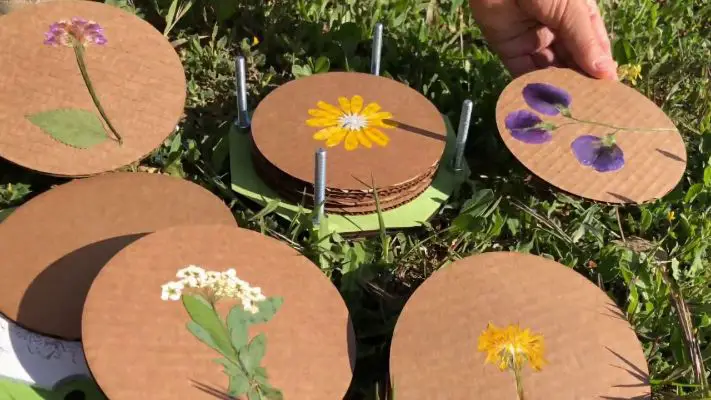
Pressed flowers are great for making cards, scrapbooks, and other paper crafts. There are many ways to press flowers. Here are some of the most popular methods:
- Using a commercial flower press
- Using a heavy book or other flat objects
- Using a manual or electric iron
- Using an old pair of pantyhose
- Commercial Flower Presses
Categories Of Flower Press Paper
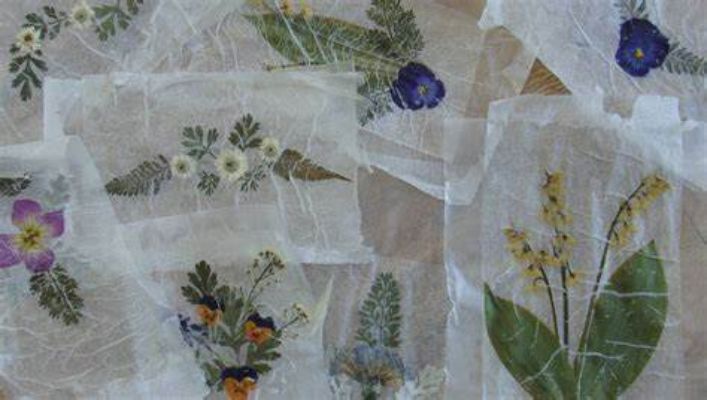
There are two main categories of flower press paper:
acid-free and non-acidic.
Acid-free is generally recommended for preserving pressed flowers because it prevents them from changing color over time. Still, this type of paper is expensive and can be challenging to find in large quantities.
Non-acidic papers are much less expensive and can be purchased in bulk at most craft and office supply stores.
How Many Types Of Flowers Pressing?
Two main types of presses are used for pressing flowers; hand presses and mechanical presses. Hand presses are manual devices that require physical exertion to work correctly, while mechanical presses use electricity or gas as an energy source.
Hand Presses
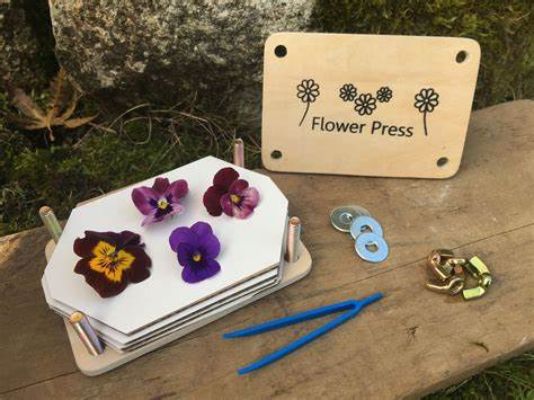
Hand presses are usually made of wood or metal and are operated by hand. The most common type is a wooden press with a hinged top, which makes it possible to press flowers between two pieces of wood (often birch). There are also smaller versions that can be folded up and carried around easily. Some hand presses come with built-in weights, while others require adding your weight.
Mechanical Presses
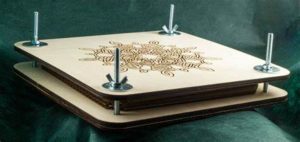
There are many different types of mechanical presses available today. Still, they all have one thing in common: they require electricity or gas as an energy source to operate correctly. Some models use electricity and gas, while others only use one or the other, depending on how much pressure you want them to exert on your flowers.
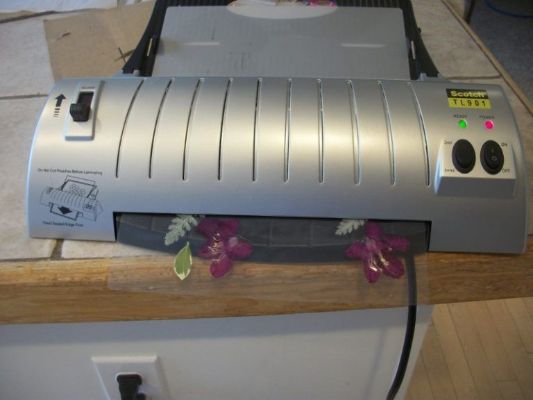
How To Dry Fresh Flowers?
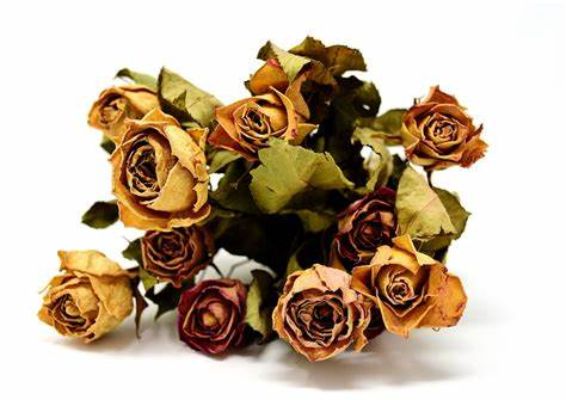
Here are some steps to dry your fresh flowers:
- Choose the right flowers: Not all flowers are suitable for drying. Flowers with thin stems and petals, such as roses, lavender, and baby’s breath, are ideal for drying.
- Harvest at the right time: Pick the flowers in full bloom but have yet to wilt. The best time to harvest flowers is in the morning when the dew has dried off.
- Remove excess leaves and stems: Cut off leaves and stems from the flowers, leaving only a few inches of stem attached.
- Bundle the flowers: Tie the flowers in small bunches with a rubber band. Please ensure the flowers are tight enough, as this can cause them to mold.
- Hang the flowers: Hang the flower bundles upside down in a dry, warm, dark place, such as a closet or attic. Make sure there is good air circulation around the flowers to prevent mold.
- Check on the flowers: Check them after a week or two to see if they are dry. They should feel crispy, and the petals should not feel moist.
- Store the flowers: Once dry, store them in a cool, dry place in an airtight container or wrap them in tissue paper.
Following these steps, you can successfully dry your fresh flowers and enjoy their beauty for a long time.
Most Famous And Easy Method Of Pressing Flowers
The best way to press flowers is with a press, but if you don’t have one, you can use other items in your home to create makeshift presses. Here are several options that will work in a pinch.
Heavy Books And Other Flat Objects
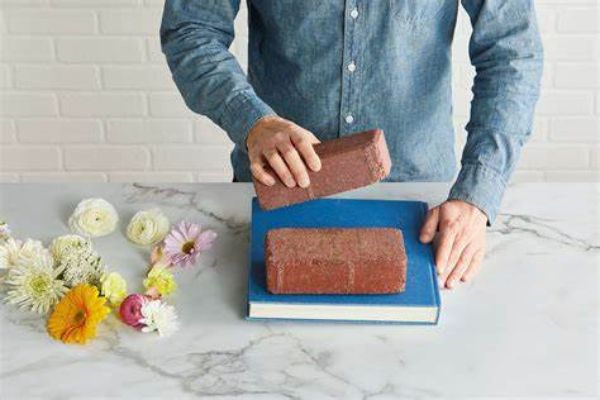
Suppose all you have is a household book or magazine. In that case, this method can still work for you if you place your flower between two sheets of paper first (the pages should be facing each other), then place them on top of the book or magazine so that the pages are sandwiched between it and the object beneath. Use something heavy enough — such as another book — to weigh down the whole thing so that it doesn’t move while pressing down on top of it with your hands or another object (such as a wooden spoon).
Suppose all you have is a household book or magazine. In that case, this method can still work for you if you place your flower between two sheets of paper first (the pages should be facing each other), then place them on top of the book or magazine so that the pages are sandwiched between it and the object beneath. Use something heavy enough — such as another book — to weigh down the whole thing so that it doesn’t move while pressing down on top of it with your hands or another object (such as a wooden spoon).
Coffee Filters And Pancake Batters
If coffee filters aren’t available, try using pancake batter instead. This method works by applying pressure on both sides of the flower simultaneously, so it’s important not to let air bubbles build up between the two filters (or pancakes). A heavy book should do fine here too.
How To Press Flower Without Broken Down The Fibers?
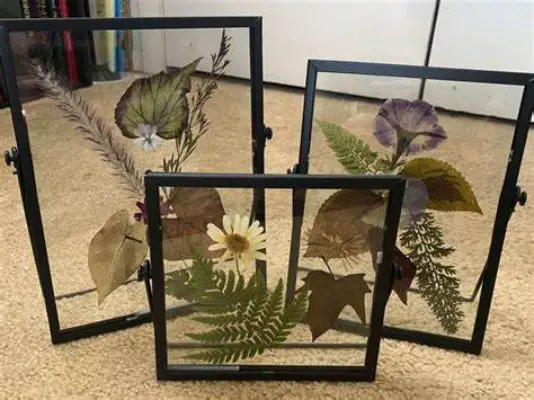
It can be a challenge if you’re looking to preserve your flowers.
First, you must find a way to press them without breaking down the fibres.
Here are some tips for pressing flowers without breaking down the fibers:
- Use a gentle heat source. Heat is often used to set the dyes in fabric and paper. It also works with flowers. A gentle heat source will help set the colour of your flower without damaging its structure.
- Use a towel or blotting paper as a barrier between your flowers and the ironing board cover. This will protect both surfaces from accidental heat damage.
- Press your flowers on an ironing board cover or another fabric that won’t be damaged by heat and ironing action.
- Choose an iron with a low setting appropriate for delicate materials like fabric and paper.
How To Keep Pressed Flower’s Color?
When you press a flower, keeping it protected and preventing it from fading is essential. Here is how to preserve flower colors and save them from fading away.
Protecting Flower Pressings
Flower pressings are fragile and delicate. Protect them with an acetate cover or thin glassine paper before storing them in an envelope or box with acid-free tissue paper packets. Flower pressings can be stored indefinitely if kept dry and out of direct sunlight. To prevent mold growth, wrap the entire packet in plastic before storing it.
Boards
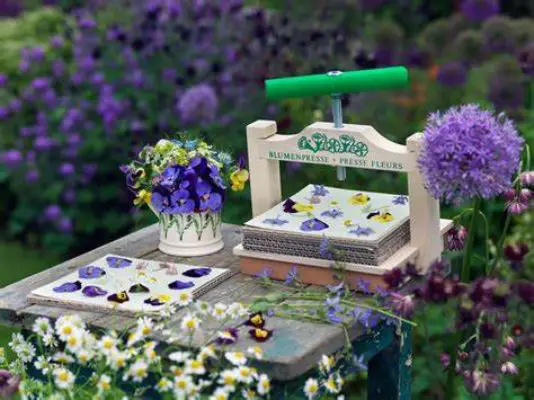
Flower pressing boards are wood and have a non-adhesive surface that won’t damage your flowers. They come in many sizes and shapes so that you can find one right for your project. You can also use them to press leaves, grasses, and other plant materials.
Glass Jars

Glass jars make great containers for pressed flowers because they protect from water and dust while allowing light to reach the flowers inside. You can also purchase glass jars at craft stores or online; these jars come with a plastic lid that keeps moisture out while allowing air to enter the jar. You’ll need to purchase jar lids separately if you still need to own them!
Kits
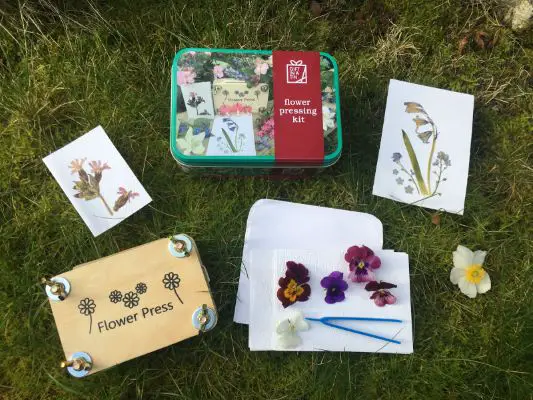
You can purchase flower pressing kits at craft stores or online; these kits include round glassine envelopes and sealing stamps that make packaging your pressed flowers easy! Be sure to follow the manufacturer’s instructions for using these kits so that you don’t damage your flowers during the pressing process!
Which Are The Catagories Of Flower Press Papers?
There are many different flower press papers, but they fall into two categories:
Plant Fiber-Based
Plant fiber sheets are made from cellulose fibers. In contrast, synthetic fiber sheets are made from polypropylene plastic. Both types work well for pressing flowers, but each has unique benefits and drawbacks.
Plant fiber sheets tend to be more durable than synthetic fiber sheets because they have more give when folding and placing them into books or other items that will be stored over time. They also have a natural look that makes them more appealing in certain situations, such as funeral arrangements.
Fiber sheets come in all sizes, so choose the most convenient size. For example, if you make a book of pressed flowers with your children, quickly fold the more miniature fiber sheets into their books.
Synthetic Fiber-Based Sheets
The synthetic fiber-based sheets are made from polyester and other synthetic fibers, which can be found in craft stores. They have a high level of acidity and should not be used for pressing flowers.
The main advantage of synthetic fiber-based sheets is that they are reusable. You can use them repeatedly, and they will not lose their property. They do not absorb moisture and therefore do not stick together or break during pressing. The disadvantage is that these papers are more expensive than natural fiber.
Natural Fiber-Based Sheets
Natural fiber-based sheets are made from cotton or paper pulp and have a slightly rough surface which helps keep your flowers from moving around during pressing. Natural fiber papers also tend to be less expensive than synthetic ones, but they cannot be reused because they absorb moisture from the flowers when pressed and become unusable after one use.
Cotton Linen Sheets
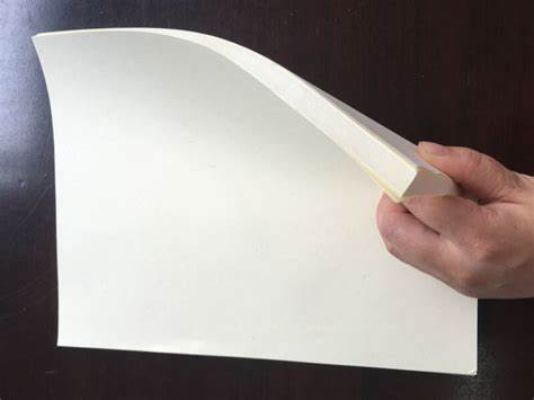
Cotton linen is made from cotton and linen fibers, but it is often just linen. It is thicker than synthetic fiber-based sheets, which means that you cannot get as much even pressure on all sides of your specimen when using this type of sheet. This type of sheet also tends to be more expensive than its synthetic counterpart because it takes more time and effort to make it by hand rather than by machine.
How To Select Flowers For Pressing?
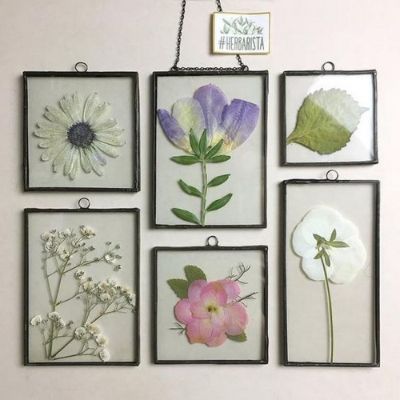
The best flowers for pressing are those with sturdy stems, such as daisies, roses, and carnations, as these have enough substance that they won’t break apart during the pressing process. Plants like ferns and mosses can also be used if they do not have soft leaves or stems since they tend to break apart easily during pressing.
Best Done With Flowers Collecting
Collecting flowers for pressing is best done during their blooming season, which means spring through summer months, depending on where you live in North America, as certain flowers only bloom at certain times.
Collect Flowers From The Garden
Collecting flowers from the garden is a great way to use up old blooms that are past their prime, but if you want to press some new ones, pick them just after they have opened but before they begin to wilt. This way, they will be pliable and not brittle when ready to press them. If possible, avoid picking flowers in direct sunlight, which can cause wilting and fading over time.
Cautions
If you’re collecting from a garden or public park, try not to pick more than one type of flower per day so that the plants can continue to grow and provide us with more beauty each year! Also, keep the roots healthy when digging up your favorite little plant so there’s less chance it will die or lose its leaves altogether before it blooms again next year!
FAQs
How long do flowers last which has been once pressed?
Pressed flowers are best kept in a cool, dark place. The shelf life of fresh-pressed flowers is generally 6 months to 1 year. If you are storing them in a sealed container, it’s best to refrigerate them for more extended storage.
Why do press flowers turn brown?
The main reason pressed flowers turn brown is because of oxidation. Oxidation occurs when air comes into contact with the pigment (the color) in your flower and causes it to change. This happens naturally over time as your flower ages.
Why do press flowers lose their color?
The main reason why pressed flowers lose their color is due to oxidation. Oxygen reacts with many different compounds in the petals and leaves, causing them to turn brown or black. This process is called oxidation and happens naturally as plants grow older and die off.
What paper is best for flowers need to be pressed?
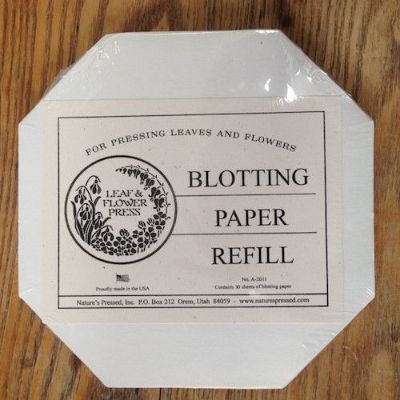
The best paper for pressing flowers is low-quality newsprint or heavy paper that will only tear slowly. If you want your pressed flowers to last longer than a few weeks, use archival-quality paper such as watercolor or fine art paper (such as Arches). These papers are acid-free and will not discolor your pressed flowers over time – they also feel nicer when handling them!
Here are some types of paper that are best for pressing flowers:
- Blotting paper: Blotting paper is a popular choice for pressing flowers because it absorbs moisture well and is relatively thin. It is available in most art supply stores.
- Parchment paper: Parchment paper is another good option for pressing flowers. It is thin and easy to work with, and it won’t stick to the flowers like some other types of paper might.
- Tissue paper: Tissue paper is a lightweight option for pressing delicate flowers. However, it is less absorbent than blotting or parchment paper, so it may take longer for the flowers to dry.
- Newspaper: Newspaper is a readily available option for pressing flowers, but it may not be as effective as other paper types. The ink can also transfer onto the flowers, so using a layer of blotting paper or parchment paper between the flowers and the newspaper is a good idea.
What is the fastest way to press and dry flowers?
The fastest way to press and dry flowers is using the microwave method. This is an excellent technique if you want to make pressed flower art or simply enjoy pressing wildflowers.
How long should you dry flowers before pressing them?
The drying time depends on what type of paper you want to use for your pressed flower project. Using thin cardstock or vellum paper will take less time than thicker cardstock or watercolor paper (which will require more time to dry).
Can I use kitchen paper to press flowers?
Yes, you can use kitchen paper to press flowers.
You can also use tissue paper or newspaper; some like old sheets or pillowcases. I’ve even seen people use old towels and dishcloths. I don’t recommend using colored paper unless it’s white or light, and you don’t mind transferring some color from the flower petals onto the paper.
Should I hairspray on flowers which are already pressed?
While hairspray can help preserve the color of pressed flowers, it is not recommended as a long-term preservation method. Hairspray can make the flowers brittle and cause them to yellow over time.
Instead, specialized flower sealants and preservation sprays are explicitly designed for preserving pressed flowers. These products are typically available at craft stores or online and are formulated to help protect the flowers from fading discoloration and moisture damage.
What is the best glue for flower which are pressed?
Glue is used to stick the flower onto the press paper and hold it in place while it’s being dried out in the press. The glue should be used sparingly on the backside of each flower so that it doesn’t bleed through onto other parts of your project. Don’t use glue on leaves or stems because it will cause them to curl up or break off during drying.
Can I use printer paper for flower pressing?
While printer paper can press flowers, it is not the best choice. Printer paper is not very absorbent and can leave moisture in the flowers, which can cause them to become moldy or discolored.
A better option is to use a more absorbent material, such as blotting paper or newspaper. These materials are better at absorbing moisture and will help ensure the flowers dry properly during the pressing process.
If you use printer paper, change it frequently during the pressing process to prevent moisture buildup. You can also place a layer of blotting paper or newspaper between the printer paper and the flowers to help absorb excess moisture.
